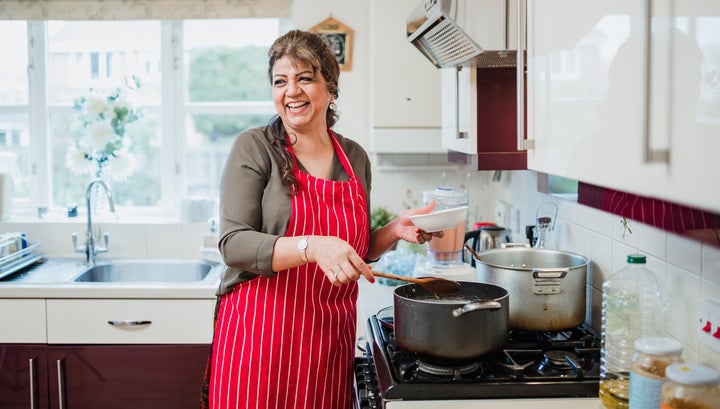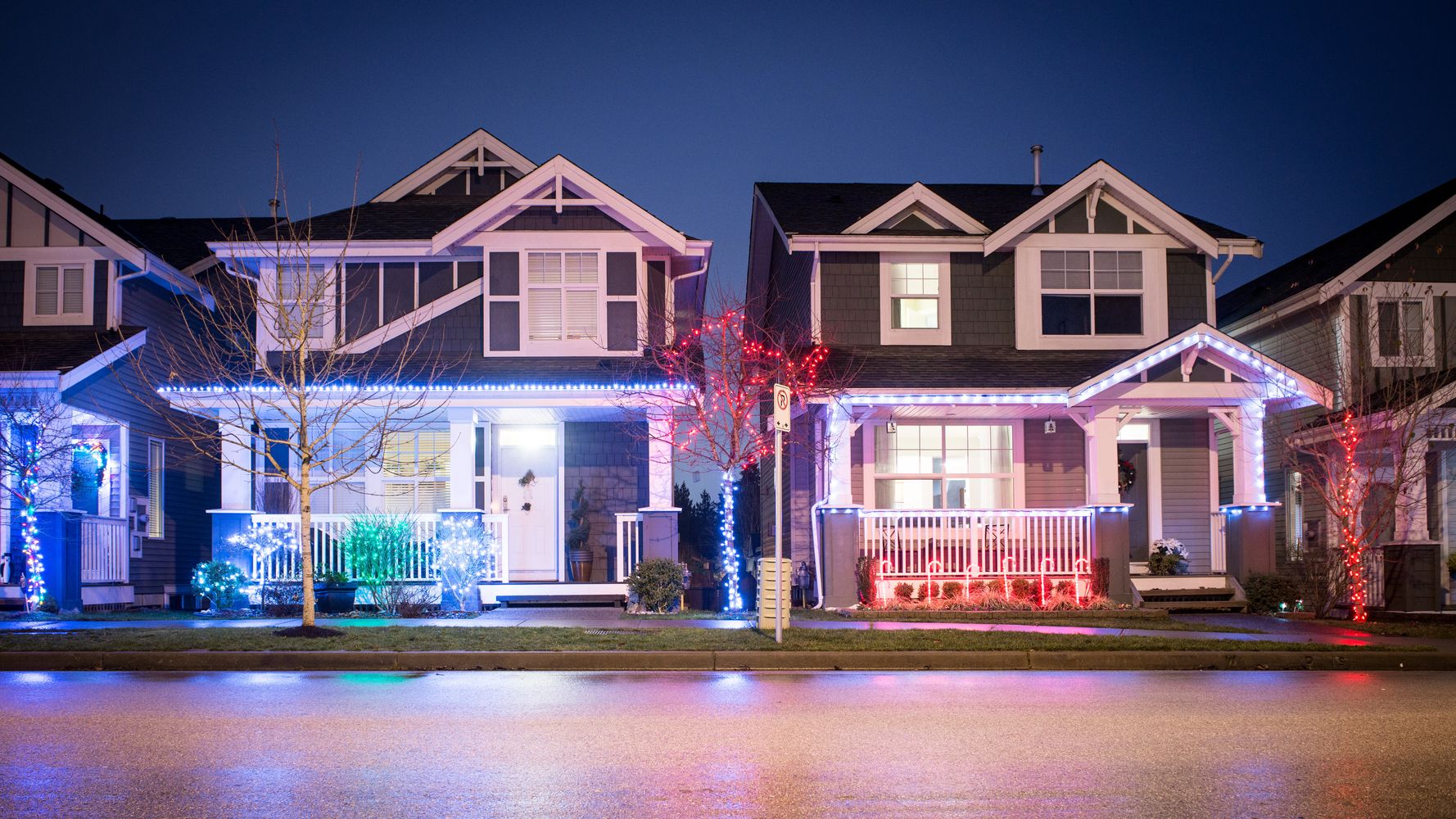The most wonderful time of the year could shift into the most consequential time of the year if we’re not careful about the coronavirus.
Many of us have pandemic fatigue and desperately want to spend the season with loved ones. But gathering to celebrate the holidays poses a significant health risk and could push the number of cases to even more catastrophic levels.
COVID-19 numbers are already climbing as the country enters a terrifying new wave, with millions of cases reported nationwide and more than 280,000 deaths. Many people ignored public safety advice to see family and friends for Thanksgiving, and we’re already seeing ― and will likely continue to see ― an even bigger spike in infections as a result in the coming weeks.
No one is saying the holidays are canceled, but we need to find different ways to celebrate them this year. Here are some approaches to the festive season that carry a lower risk, according to experts. (Of course, risk-reduction strategies still apply, like keeping a distance of 6 feet and wearing masks.)
Go by car if you must go somewhere.
The best recommendation for this season is to not travel to see people outside your household and not hold a larger gathering that encourages others to visit you. It sucks, but any travel and any gathering risk spreading COVID-19.
If you’re still thinking about going somewhere during the holiday season, where you go and how you get there matters.
Traveling by car is the safest bet because it reduces your contact with strangers. You can also choose to arrive early and isolate for a while before seeing your family.
If you’re heading to a different state, be sure to check that state’s guidelines for any travel restrictions, such as a 14-day quarantine or 72-hour testing requirement for out-of-state visitors. You could unintentionally spread the virus if you don’t take necessary precautions or, if you travel to a hot spot, you could expose yourself to virus-dense populations.
The Centers for Disease Control and Prevention has a COVID-19 tracker that tells you the rolling seven-day average for case counts in every state. It’s a good idea to get a sense of the virus levels where you’re going and how they compare to where you’re coming from.
If you opt to travel via bus, train or plane, know that you’re increasing your chances of COVID-19 transmission or infection by sitting in an enclosed space with strangers. Wearing masks and distancing from other passengers can help reduce some of that risk, according to Scott A. Weisenberg, director of the infectious disease fellowship program at NYU Langone, but it’s not a guarantee of safety.
Hold your festivities outdoors.
“The core concepts that people have used to keep themselves safe at home are the same ones they should apply for visiting family or relatives,” Weisenberg said. “That is, avoiding prolonged close contact, particularly indoors with people — that’s really where the main risks are.”
So celebrate outside, Weisenberg said, while still maintaining physical distances. And limit any gathering to a very small group.
Or, better yet, start a new tradition this year that incorporates the outdoors. Organize a walk around the neighborhood to look at Christmas lights (or drive in your own cars to other neighborhoods to see whose decorations are better). Host a small gingerbread house-making competition outside and let others join by Zoom. Go on a hike or bike ride, attend a drive-in movie, play backyard games, organize a scavenger hunt, set off fireworks — anything that feels like fun quality time while still being safe.

Plan a holiday meal with some adjustments.
There are still ways to enjoy your holiday dinner with loved ones, especially if they live nearby. Try organizing a food exchange where everyone makes one part of the meal. Do the food swap on doorsteps and schedule a video call to eat the meal you’ve all made together. Or maybe everybody orders the same meal from a restaurant in your town so you’re all eating the same dinner.
If you’re holding some sort of small holiday gathering indoors, take safety precautions. Open the windows and wear masks, said Amesh Adalja, a senior scholar at the Johns Hopkins Center for Health Security.
As for who is in attendance, you need to be strict about that. “Are these people who you’ve already mixed with? If these are people you already see on a daily basis, getting together for Thanksgiving or Christmas dinner is probably not a big deal,” Adalja said. “The opposite is if you’re bringing people you haven’t mixed with, you have to ask what are these people’s behaviors. Does their risk tolerance match yours?”
Isolating and then getting tested prior to a gathering is another good idea, but that depends on whether testing is readily available in your state, Weisenberg said. (The isolation before testing is critical to reduce the risk of getting infected shortly before a test, which could lead to a false negative.)
If high-risk individuals are involved, you should reconsider your plans and not see them in person in any way that could expose them to the virus. If you absolutely cannot avoid that for whatever reason, make sure to quarantine for at least two weeks beforehand, get tested and exercise all the safety precautions when you’re around them.
Celebrate in person after the vaccine.
Some COVID-19 vaccines are on the horizon, but they likely won’t be widely available until at least the spring of 2021. You could decide to postpone any gatherings until it’s much, much safer to hold them and go all out then (see you at the “Christmas in July” party next year?).
In the meantime, staying put with your immediate family or whomever you live with and connecting virtually with out-of-town relatives might make the most sense this year. Hosting a virtual Secret Santa, organizing a holiday-themed online craft night or game night, or watching a Christmas movie together via Netflix Party are a few ideas to liven up your standard video check-ins.
Staying safe and healthy so we can all be together again is more important than putting yourself and loved ones at risk for the sake of one season’s tradition.


